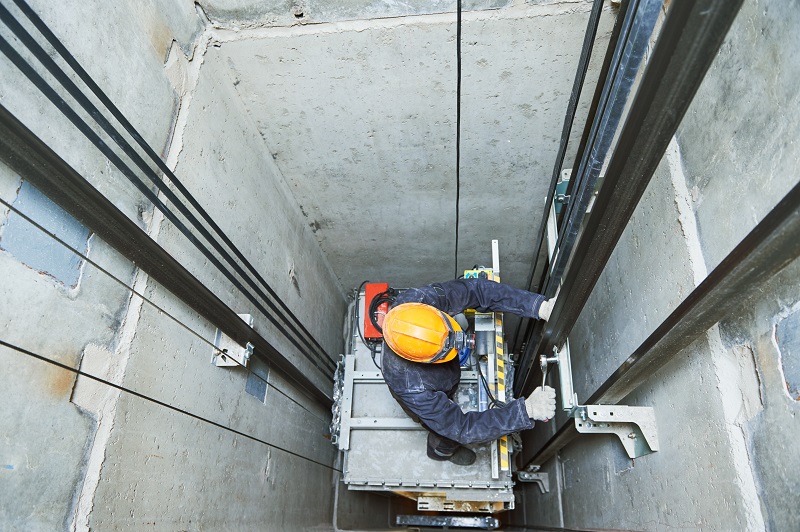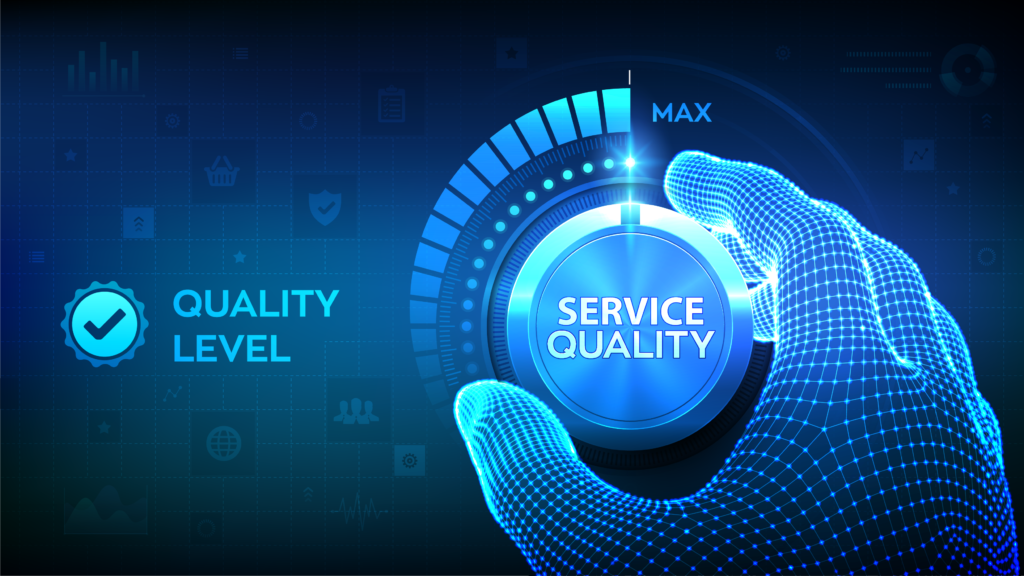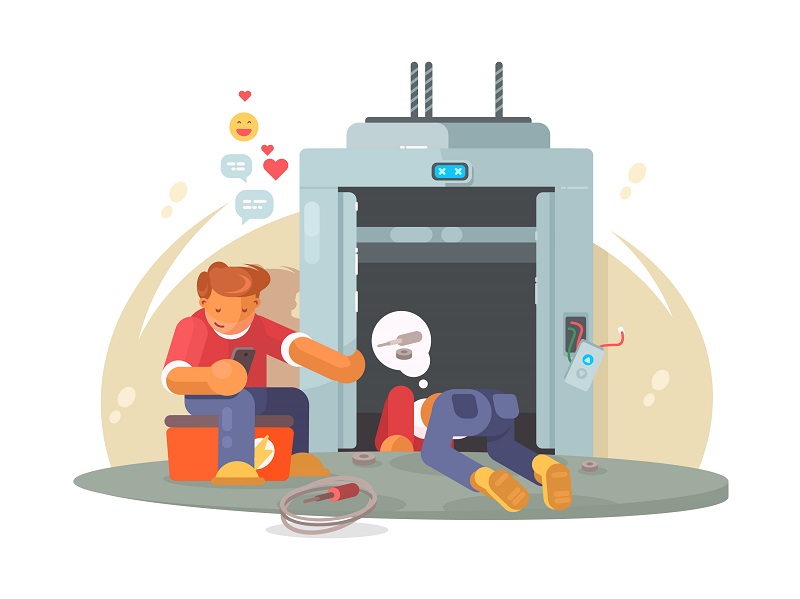EM – The Vietnamese market has hundreds of domestic and foreign enterprises competing in the field of elevator maintenance and repair services. But now, each unit offers different standards to create a competitive advantage. This reflects the true nature of the market economy, but if it is incomplete, it will make it difficult for this service market to develop healthily.
Two years ago, the war over traditional fish sauce and industrial fish sauce caused a stir in the media and had a significant impact on consumer psychology. Advocates for the traditional fish sauce brand give defense reasons such as: rich in protein content, actually made from fish, without harmful arsenic… and criticize industrial fish sauce with its formula is just water and chemicals. As for the defender of industrial fish sauce, they cite strict processes and good technology to defend their products. A draft standard on fish sauce (TCVN 12607:2019) was almost born in that context. It is not unreasonable that this proposal was made. It is possible that this draft will “destroy” the traditional fish sauce industry, clearing the way for industrial fish sauce to dominate the market, but it also poses a challenge for traditional fish sauce: no standardization will not compete and even lose at home, not to mention the foreign market. Consumer choice is getting smarter, so finding a value as a measure to choose from will be an inevitable trend: Standardization.
From that problem, we think of elevator maintenance and repair services on the market today. Gold and brass are mixed in thoughts. Among more than 300 elevator businesses and thousands of individuals and organizations related to elevator services today, many firms follow a competitive price policy instead of service quality standards.
Price is one of the important factors affecting customers’ decisions, especially in a market that is still quite “disordered” like Vietnam. Anyone in business understands one simple thing: if there is a price advantage (i.e. cheaper than competitors), the ability to compete and capture market share will become extremely easy. It is easy to see that this competitive method brings the most intuitive benefit to customers, which is cost savings. Whether it’s good or not is a long story to think about. For example:
A friend of mine owned a home lift several years ago. Maintenance service with the lift distributor has expired, while the lift has shown signs of malfunction and is constantly “fail”. Sometimes it automatically cancels the desired floor, sometimes the response is slow when opening and closing, sometimes there is noise, which is less likely before. Quite subjective and urgently needed, so he called for a maintenance service, which is advertised as professional, serving 24/7, costing about 500,000 VND/time/month. However, the elevator is still broken, but the call to the hotline number usually not answered, so he can only shake his head about the cheap service.
If you were in this situation, what would you think? I believe you will temporarily ignore the price to look for more advanced services, real quality to end the hassle as soon as possible. So what will impact your choice behavior next? Is it a reputable brand, the process is introduced methodically? experience of the service provider?
You are thinking about something. Yes, it’s not wrong. That is Standardization.

Technicians work in closed environments. So what will ensure they have enough skills and work ethic to give customers peace of mind?
In fact, each service provider of elevator maintenance and repair now trains technicians and implements their own processes. There are professional firms complying with the standards of foreign firms, but there are also many firms that employ untrained workers, doing business in a fragmented manner.
Imagine this, if all the above personnel were trained and tested by a professional organization and tested for technical expertise, professional ethics, certification and their profile is managed through QR code of the company. What will it be like then?
For service providers, it will no longer be possible to do business in a short-term fashion. Instead, they will be motivated to continuously improve service quality by standardizing and raising their own standards to use as a yardstick for competition.
For customers, they have a database to know if the service they need to use is guaranteed or not, how to control the service and monitor the process, etc., thereby making a decision to buy a service in wise way.
Maintenance personnel will constantly be trained in technical expertise, improve professional ethics, both to meet the growth rate of the market, and to improve income levels in life. The human factor is considered the most important in building the stature of the business and the community in general. Once this factor is properly cared for, it will create invisible forces affecting businesses and growing industries. Labor productivity and society in general will increase significantly.
As can be seen, building a common standard for the maintenance service industry, elevator maintenance is probably an inevitable trend. In essence, this is one of the effective methods to improve the competitiveness of each enterprise in particular and the industry in general.
As society develops, it means that customer expectations are also proportional. Research by The Insitute of Customer Service in Vietnam shows that every 10% increase in customer satisfaction will increase customer trust by 12%. This is the driving force that the elevator maintenance and repair service industry is no exception to the rule.
I suddenly think of the giant Apple with miracles. Constantly improving to become the king of the category, Apple has redefined the standard of an entire mobile field that other businesses have also achieved more or less successfully (rabbit ear screen, virtual assistant, airdrop,…) So when Apple’s service sells a mop worth up to $19, it’s still out of stock, it’s not surprising. It is because this brand with very high standards has nailed the customer’s head so that the gods do not hesitate to hook their wallets.
More broadly, the strict general standards of services and products that just mention the brands labeled: Made in USA, Made in Japan, etc., consumers also think of perfection. Everyone knows that it is the common standard, the value that brings to both the national brand and the economy, not just an industry or a type of service.

Service standardization and continuous improvement are the driving force of growth
In fact, standardization is formed from three basic sources: (1) by industry associations or professional associations (committee-based), (2) by market-based decisions. and (3) government-based.
The State has set standards that are mandatory and some standards are optional. From the form of organizations and individuals who are allowed to do things that are allowed by the law, they have gradually changed to the form of being allowed to do things that are not prohibited by the law. This is an way for the development of the economy to match the actual growth rate. Therefore, the formation of standards from source (1) is common in developed economies and is the trend of Vietnam’s service industry in the coming time.
It is not an exaggeration to say that the battle for standards will be a battle for commercial advantage. But the essence is not for businesses to cancel each other, but to promote the business community to constantly improve capacity, win at home and expand to the world.
But which organization will be able to shoulder the responsibility of Standardizing the field of elevator maintenance and repair services?

Dang Khoa



